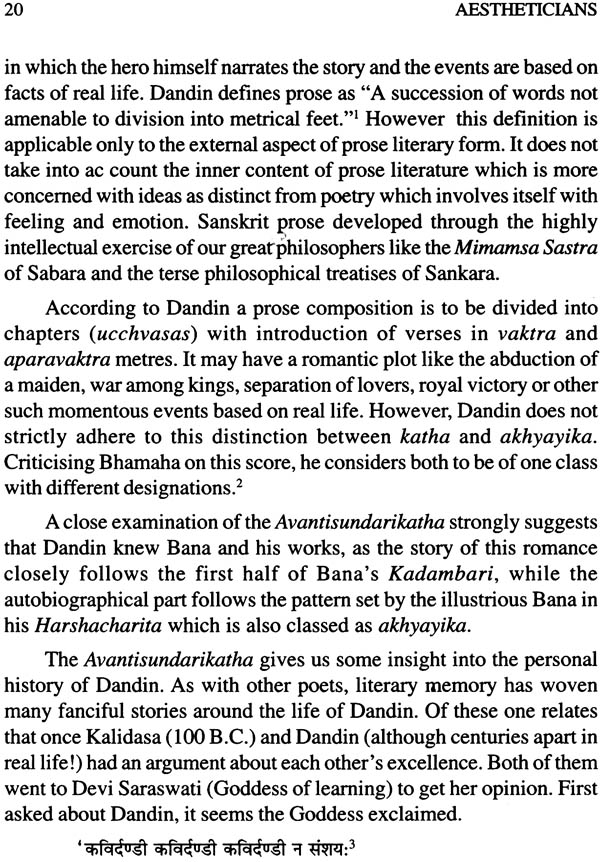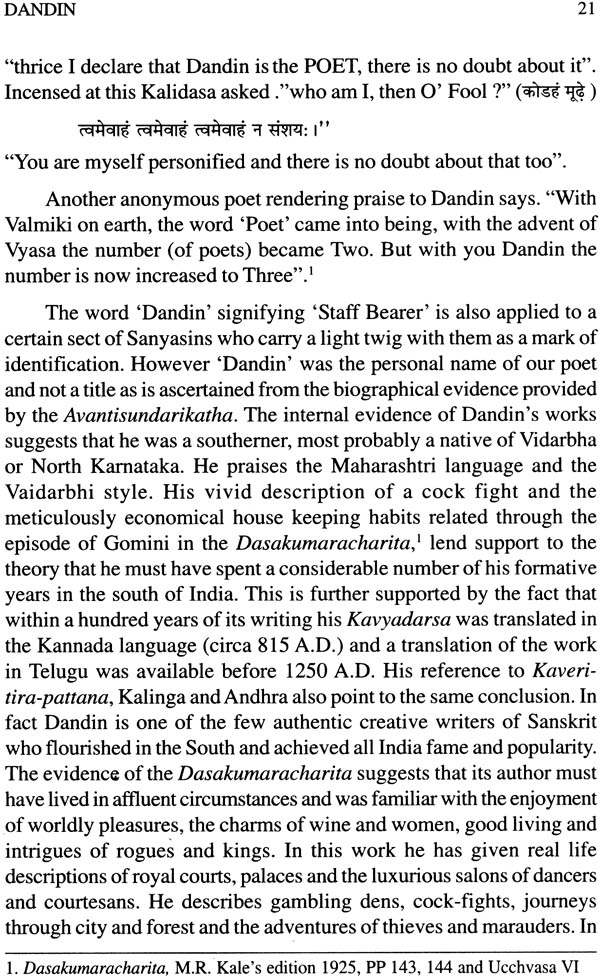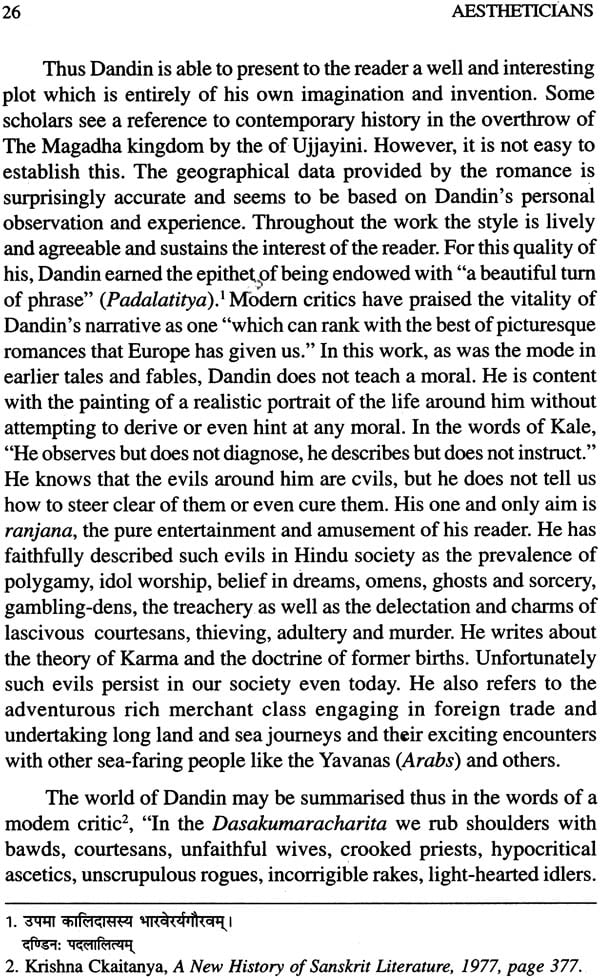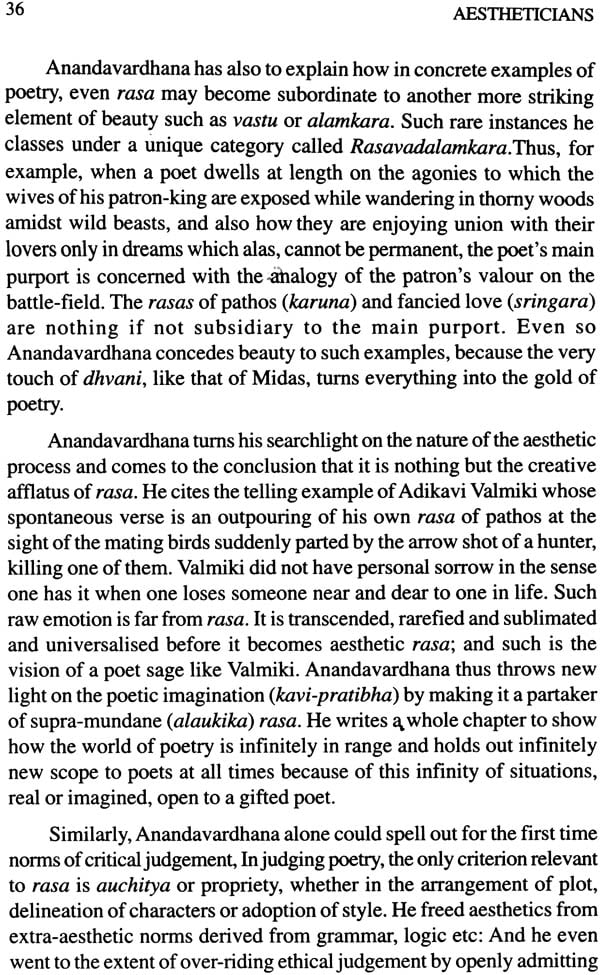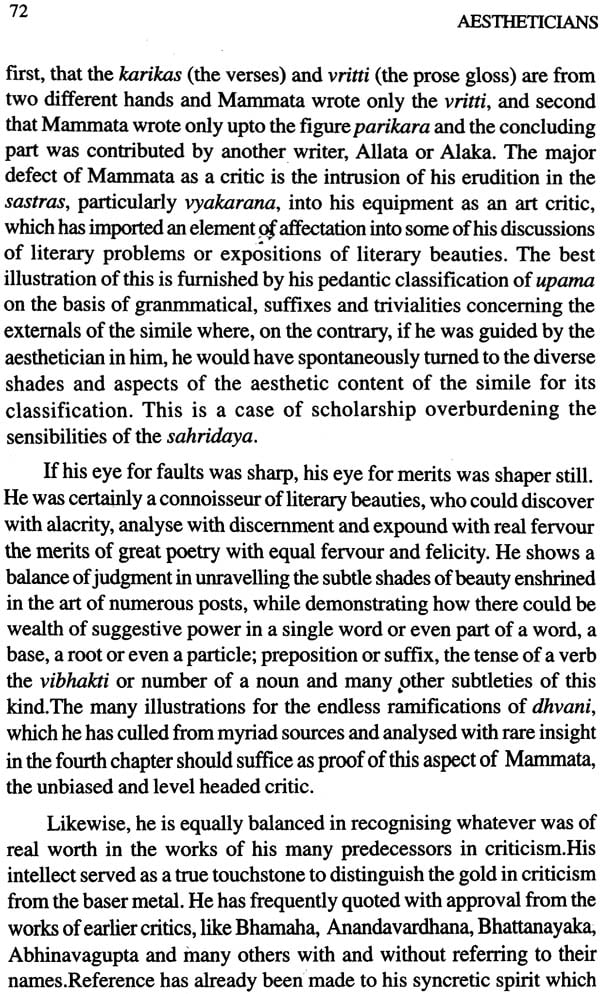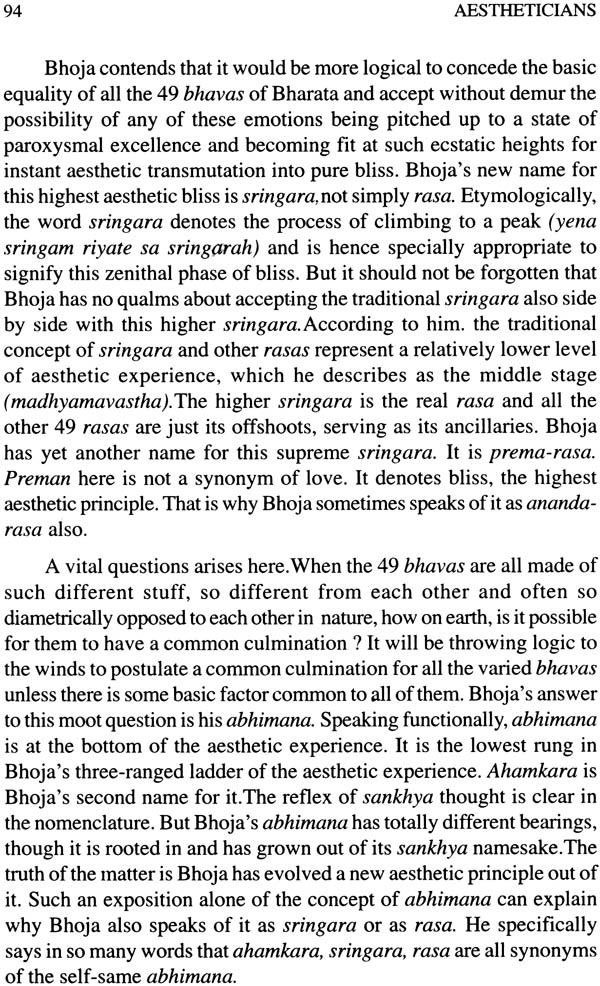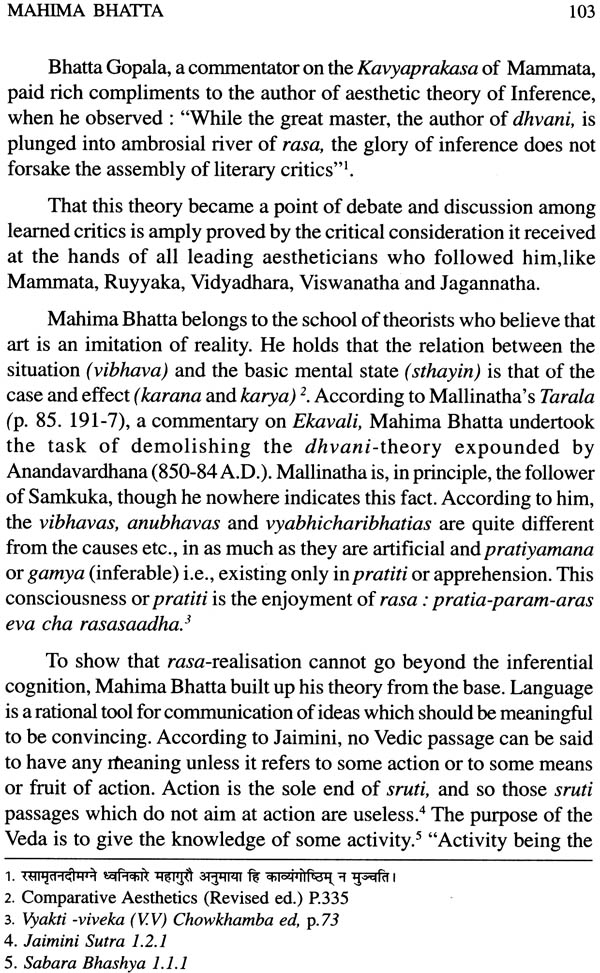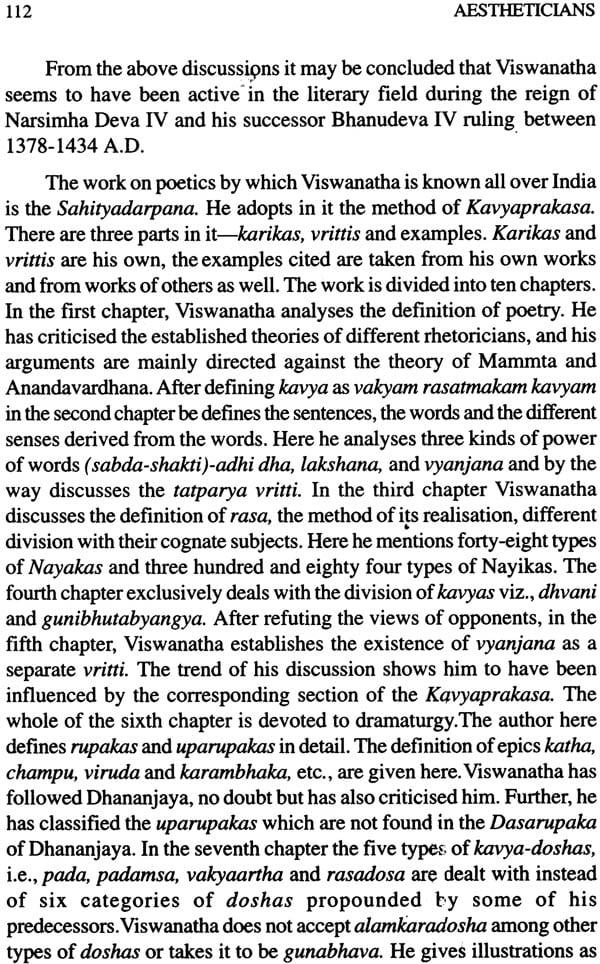
Aestheticians: Cultural Leaders of India
Book Specification
| Item Code: | IDE221 |
| Publisher: | Publications Division, Government of India |
| Language: | English |
| Edition: | 2013 |
| ISBN: | 9788123018683 |
| Pages: | 129 |
| Cover: | Paperback |
| Other Details | 8"0 X 5.0" |
| Weight | 180 gm |
Book Description
Aestheticians is a compilation wherein the major ancient poets/ philosophers are introduced by writers who have specialized on them. The thirteen scholars / poets include - Bharata, Dandin, few. The compilation doubles up as an introduction to those times besides being a study in poetics and literary criticism. First printed in 1983, this is being reprinted for the third time.
The desire for unfair advantage in traffic in goods has led to the drive for colonies and empires in history. But in traffic light, both donor and recipient benefit, and equally. Country which has not radiated impulses and assimilated impulses from other lands will remain stunted in growth.
But assimilation of cultural impulses really means what assimilation of nutrients by the body means. The impulses are not received into a vacuum, but into a deeply rooted and growing structure that assimilates them into its own organic tissue, uses them for its own growth and finer flowering. However, it can happen that after an epoch of strong acculturation backed by political hegemony, a hangover can persist even after the curtain has fallen on that shadowed phase of history. In the uncertain twilight that still lingers, the fullest benefit is not received even from the impulses from abroad. For they are not assimilated through the roots, since the roots look as if they have decayed away.
Is this happening in our literary endeavour today? All critical perspectives and canons seem derived from afar and to the extent that there is widespread ignorance about the correspondences and anticipations in our own tradition, it can be questioned whether, valid as they are, these perspectives have been really understood.
But it has to be admitted that coming into our own here, really assimilating our legacy, is going to be a difficult task. All aspects of poetic activity, from creation to expression, have been studied with perceptive insight and in meticulous detail by the great Indian thinkers in the field from Bharata onwards. But the texts seem to be condemned to the dusty immortality of shelves in libraries for specialised research. Years may pass before their contents become curricular material for education in general humanities and still greater will be the delay before the educated layman will be as familiar with them as he seems to be today with the views of T. S. Eliot on the nature of poetry or of Coleridge on poetic diction.
As the agency responsible for general communication, the Ministry of Information and Broadcasting has ventured into this field as well, in spite of the difficulty of the subject. Six talks, under the title "Major Problems in Indian Poetics", were broadcast by the All India Radio in 1967 and the texts were brought out, under the title Aspects of Indian Poetics, by the Publications Division in 1969. The talks were on the major themes. In the present publication, the major Indian thinkers in this field are introduced by writers who have specialised on them.
Unassuming though the publication is, it tries to give in outline the great contributions of the past which together cover all aspects of poetics. Bharata's is perhaps the most complete theoretical statement in the world heritage on the entire poetic circuit: the latent affective reactivity of man, its activation by the organisation of various kinds of stimuli in the dramatic presentation, the reaction to it by the spectator, and its final distillation into a pure aesthetic relish. Bhamaha explored the mysterious mutual interfusing of sound and sense, their transformation into an indissoluble unity, in the poetic language. Anandavardhana perceived and Abhinavagupta further clarified the quantalleap of power, the power of resonance or Dhvani, which poetry acquires and which transcends all the logical, grammatical and syntactical resources of prose discourse. Vamana studied the features of the integrated reality that is poetic diction. Other thinkers related poetics to ontology and transcendence. Bhoja's unconventional concept of Srngara is really a wholly positive narcissism seeking endless expansion of ego boundaries through poetic experience and Vishwanath equates it to the experience of ultimate, transcendental beatitude.
But, for a seed to germinate, it must fall on hospitable ground. It is to be hoped that this volume will find a readership that is stimulated by it to do the further study. If this happens this unpretentious publication may well become a turning point.
| PREFACE Krishna Chaitanya | vii | |
| 1. | BHARATA K. Krishnamoorthy | 1 |
| 2. | BHAMAHA K. Krishnamoorthy | 9 |
| 3. | DANDIN Kamala Ratnam | 16 |
| 4. | ANANDAVARDHANA K. Krishnamoorthy | 33 |
| 5. | VAMANA S.S. Janaki | 49 |
| 6. | RAJASHEKHARA V.V. Mirashi | 49 |
| 7. | ABHINAVAGUPTA Kani Chandra Pandey | 56 |
| 8. | MAMMATA V.Venkatachalam | 66 |
| 9. | KUNTAKA Mukunda Madhava Sharma | 79 |
| 10. | BHOJA V. Venkatachalam | 86 |
| 11. | MAHIMA BHATTA R.C. Dwivedi | 110 |
| 12. | VISHWANATHA P. Pradhan | 119 |
| 13. | PANDITARAJA JAGANNATHA P. Ramachandrudu | 125 |
